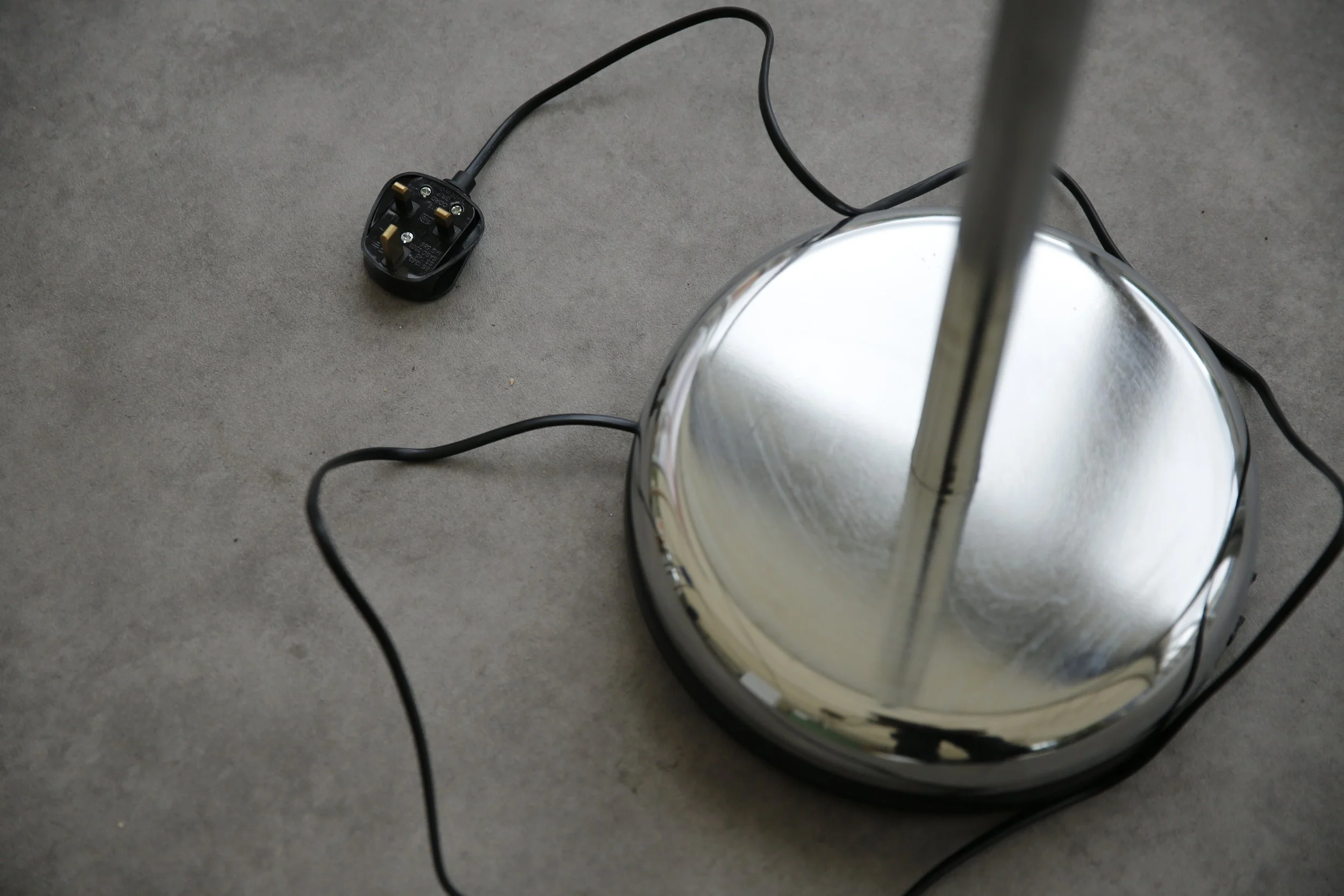This body of work is my way of looking closely at the art world ecosystem and what it means to be an "artist" today. I realized that making art isn't just about the final piece; it involves a lot of other things, like role-playing, social networking, and following unwritten rules, things that feel like a "working model."
The projects here act like mirrors, reflecting the confusion, exhaustion, and sometimes absurdity that artists face in their professional lives.
On Truth and Records (Pretend): This started with a simple question: If a performance wasn't right in front of me, are the records I see true? Could I fake an artwork's history? The Pretend projects deliberately blur the line between real and fictional to question the proof of an artwork’s existence. I want to see if something can gain a special kind of "truth" just by being pretended. It challenges how we are used to trusting what we see in art.
On the Fatigue of Socializing (Artist Socialization): I noticed that art openings often turn into big social events. Artists are expected to constantly promote themselves and their work; it’s treated as part of the job. But soon, conversations drift from art to private life. In works like Socializing is Part of An Artist's Work and Social Fatigue, I use the exhibition format to play with this situation. Whether it's making other artists into "exhibits" or using a deflated, exhausted doll to represent a tired artist, I'm showing the emotional cost of this "professional socializing." It makes us feel like staff standing behind a counter, totally drained.
On Boundaries and Who Decides (Art Outsider): What counts as art? Who gets to define it? The Art Outsider and A Pair of Glasses projects directly test the edges of the art world. I put a sign that says "I’M AN ART OUTSIDER" outside art spaces and let it tell its own story of "entering" the art world. I also test a normal pair of glasses—once they were mistaken for art and covered by the media—to see if galleries would treat them as a valuable artwork. These experiments all point to the same question: Is art's value created by the artist, or is it given by the institutions and the context?
In short, the Being An Artist: A Working Model series is not trying to give answers. It aims to put the hidden, awkward, and draining systems of the art world out in the open. I hope the audience will look at these works and rethink: What does it really mean to "make art" in this environment today? And why are so many of us feeling so tired?

Pretend, Presentation Video, 2022

No Matter What The Show Is, It Will End That Way, Event, 2022

Socializing is Part of An Artist's Work, Event, 2022

Social Fatigue, Installation, 2022

Art Outsider #1, Installation, 2022

Art Outsider #2, Installation, 2022

Art Outsider #3, Installation, 2022
